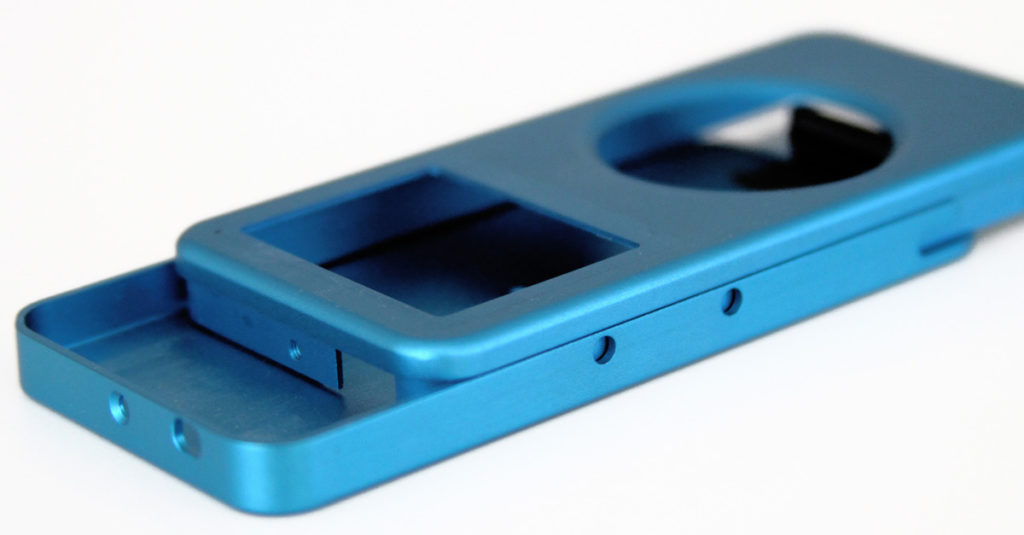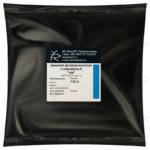

“What is CNC Milling?” by Esther Davis
CNC, which stands for “computer numerical control”, is the method of processing material with computer automated machinery. CNC milling offers an inexpensive way to create high precision prototypes through subtractive manufacturing. Since it sidesteps the need for a human controller, this method removes any errors that you would find in manual machining while also providing an innate level of flexibility that is not found in other mechanized systems.
CNC mills run on a list of pre-programmed commands to cut a piece of material into the desired shape. The program used by the CNC mill is usually written in a coding language known as G-Code (the same language used by 3D printers). The code can also be generated from a 3D model created by CAD software. This code is one of the features that makes CNC milling an excellent option for prototyping. If the first iteration of a prototype reveals errors in a design, you can simply update the code and the mill is ready to create the next version of your design.
The mill itself uses stepper or servo motors to move cutting tools into precise locations and make incisions on your material. With the right mill, you can work with nearly any material—be it aluminum or titanium, wood, nylon, PVC, or even stone. The cutting tools move along three or more axes to achieve the depth, angles, and details needed. Along with prototyping, CNC is also used in the aerospace and automobile industry, for woodworking and furniture making, and when creating other everyday items.
However, like all manufacturing processes, it is not a foolproof system. Computers do exactly what you tell them to, so the responsibility falls on the coder to make sure that they give accurate code to the CNC mill. Coders also must watch out for possible crashes that could occur if the code instructs the mill to move tools in a way that interferes with the rest of the machine. Smarter CNC tools are being developed to prevent crashes. Some machines include software that tracks the location of each tool on the machine to avoid internal interference. Others use load sensing to prevent the machine from damaging itself.
The automated CNC process gives a more consistent and precise product than manual machining can achieve, especially with highly detailed designs. At the same time, the flexible code allows for human ingenuity to guide the design process. With its wide array of possible manufacturing materials, the reduced cost, and increased safety, CNC milling is an excellent option for flexible and rapid prototyping.








